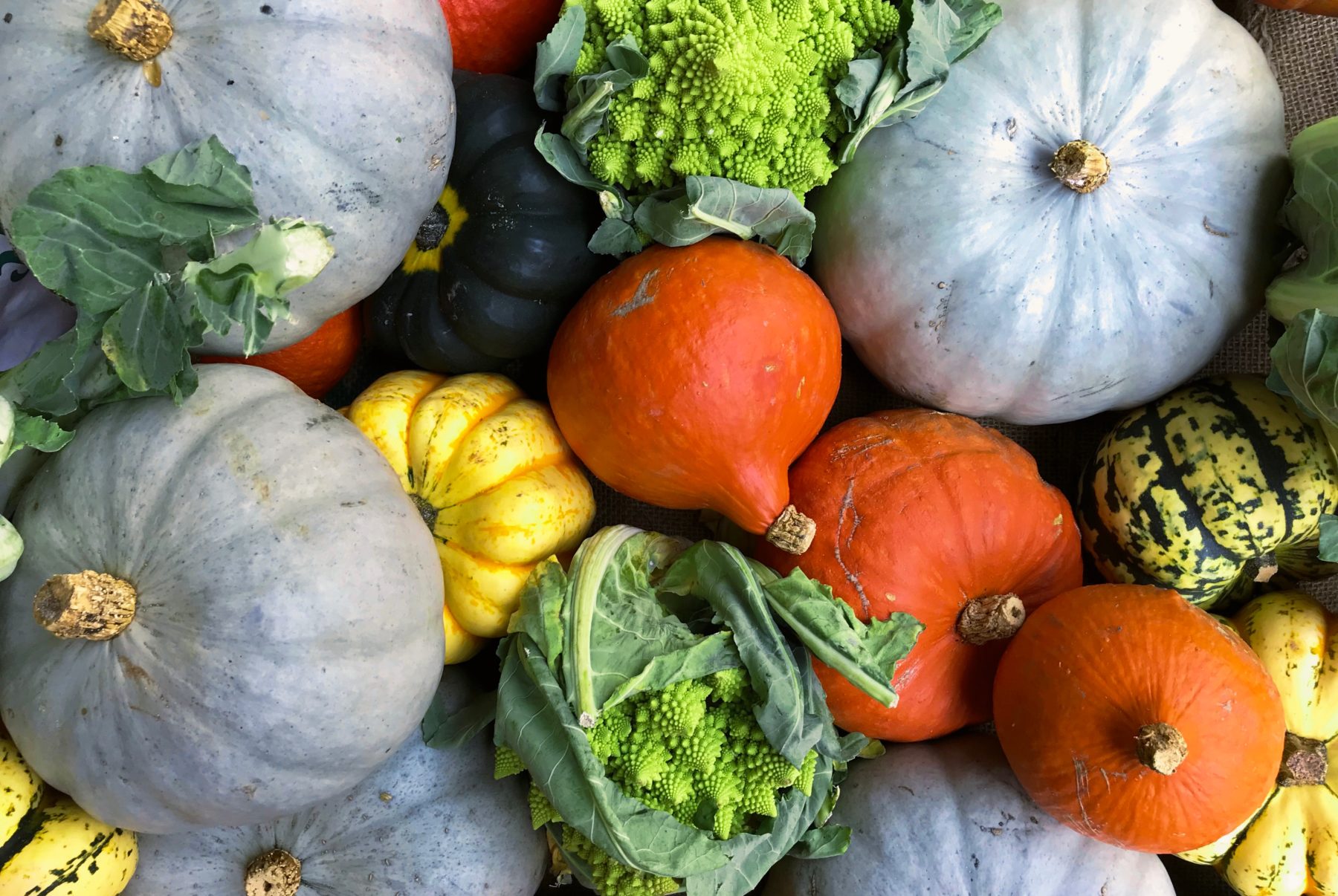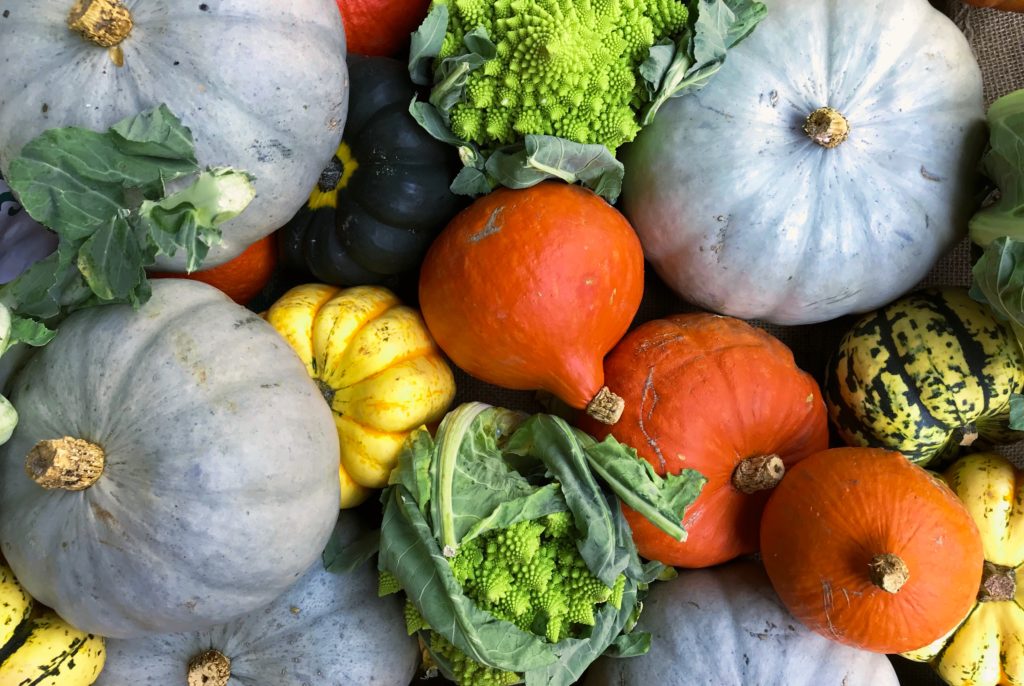

Summer produce gets a lot of attention with its fresh watermelons and berries, but get ready to squash summer’s reign at the dinner table. With squash.
Winter squash, which are actually harvested in the fall, are versatile vegetables that are hardy enough to hold up well through the colder winter months. These nutritional powerhouses are sweet, dense, and low in fat and calories. Loaded with vitamins A, B6, C and E along with magnesium potassium and manganese, winter squash make a healthy and tasty addition to comforting soups, casseroles, and even desserts.
From butternut to kabocha to delicata, the colourful and quirky-looking varieties of winter squash can be intimidating or confusing to people who aren’t familiar with them yet. To better understand the varieties and how they can be used, here’s a handy breakdown of five of our favourites:
Butternut squash
With yellowish skin and a distinctive bottleneck shape, the butternut squash is one of the better known and often used types of winter squash. It has bright orange-yellow flesh that is often roasted or pureed in soups. For recipe ideas, try: Caramelized Butternut Squash or Roasted Butternut Squash Soup
Kabocha squash
Also referred to as “Japanese pumpkin” this squash can be green or red (red is sweeter) and has a hard exterior with a sweet yellow-orange flesh. An excellent source of beta-carotene, kabocha has fewer calories and less than half the amount of carbs of butternut squash. For recipe ideas, try: Thai Red Curry with Kabocha Squash or Winter Squash Frittata with Apples and Bacon
Sweet dumpling squash
Featuring whitish-yellow and green striped skin, this small squash is a perfect size for stuffing. It can be peeled first, but it’s usually easier to roast it whole and then stuff it or scoop out the flesh, which tastes similar to sweet potato. For recipe ideas, try: Roasted Sweet Dumpling Squash with a Poached Pear
Delicata squash
Also referred to as sweet potato squash, this long oblong-shaped squash is generally a light yellow or cream color with green striped skin. Available year round, but best from August to October, this squash has a sweet nutty flavor and a creamy smooth texture. For recipe ideas, try: Maple Roasted Delicata Squash with Red Onion or Roasted Delicata Squash Kale Salad
Acorn squash
Named for its acorn-like shape, this winter squash is most commonly green with a splotch of orange or yellow, but can also be golden in colour. Though not as rich in beta-carotene as some of its winter-squash counterparts, its bright, sweet and nutty-flavoured flesh is a good source of fibre and potassium. For recipe ideas, try: Acorn Squash with Kale and Sausage or Acorn Squash and Honey Pie
Once you start experimenting with squash recipes, you’ll find tasty uses for other varieties as well – like carnival squash, sugar pumpkin squash, or blue hubbard squash. With so many delicious options, you may find yourself hoping the fall and winter seasons never end. Well, at least not the winter squash season.

